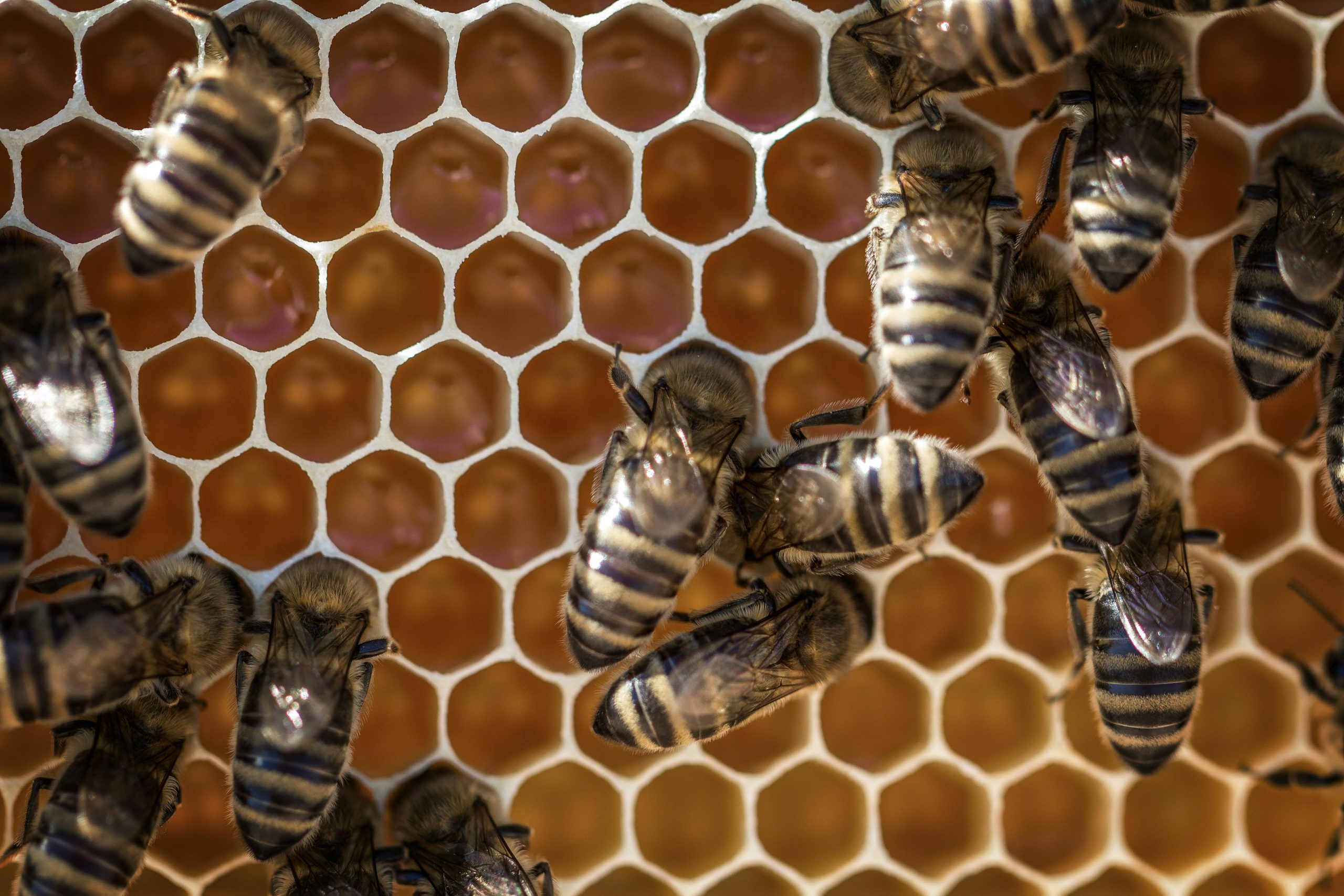Discovering an Unexpected Wasp Nest in Leicester Square: A Public Safety Concern?
During a recent visit to Leicester Square, I stumbled upon an unexpected sight: a wasp nest nestled among the bustling environment of this iconic location. This discovery raised an important question in my mind: Is this a potential risk to the public?
Leicester Square is known for its vibrant atmosphere, filled with tourists and locals alike. However, the presence of a wasp nest raises concerns for safety, especially given the unpredictable nature of these insects. Wasps can become aggressive when their nest is disturbed, leading to possible stings that could pose a threat, particularly to those who may be allergic.
As we enjoy the lively parks, shops, and restaurants in such a busy area, it’s crucial to remain vigilant about our surroundings. Authorities should be alerted to ensure that public safety is prioritized and to consider measures for effective removal or management of such nests.
Have you encountered any unusual wildlife in urban settings? Share your experiences in the comments below!


Urban Wildlife and Public Safety in London
It’s interesting to see such wildlife activity in a major urban area like Leicester Square. While cities often seem disconnect from nature, incidents like this remind us that wildlife finds ways to adapt and thrive amidst us. Wasp nests can indeed be a safety concern, especially in crowded public spaces, as they can provoke defensive behavior.
From a community perspective, I believe local authorities and park management should regularly monitor such signs of wildlife presence, especially in heavily trafficked areas. Proper deterring or removal strategies are essential to prevent potential stings or allergic reactions among visitors.
Additionally, public awareness is key—informing visitors about what to do if they encounter a wasp or nest can help prevent aggressive encounters. Perhaps it’s also worth considering natural deterrents or designing urban spaces in ways that minimize wildlife nesting in high-traffic zones.
Has anyone noticed more wildlife activity in London neighborhoods lately? It’s a fascinating shift that reflects the city’s evolving relationship with its environment.
London Residents’ Perspective on Urban Wildlife and Public Safety
It’s interesting to see concerns about wildlife such as wasps in highly trafficked areas like Leicester Square. While these insects play a crucial role in our urban ecosystems, their presence near crowded public spaces definitely warrants attention.
In my experience as a London resident, urban wildlife encounters can be both surprising and enlightening, highlighting the importance of coexistence. That said, safety should always come first.
Additionally, fostering urban biodiversity can enhance our city environment—perhaps integrating designated bee and insect-friendly habitats away from busy pedestrian areas could be a thoughtful approach. Collaboration between city officials, conservationists, and the community is key to maintaining a safe yet vibrant London.